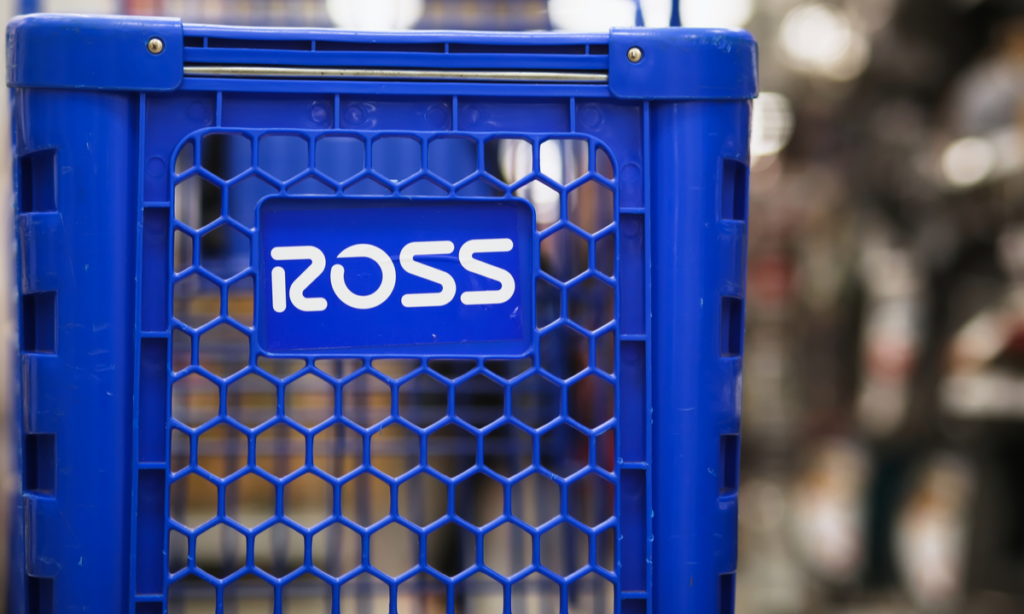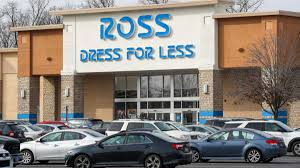Ross Stores, Inc., a leading off-price retailer in the United States, has been making headlines recently as it navigates a complex retail environment marked by economic uncertainties, tariff pressures, and shifting consumer behaviors. Operating under the banners Ross Dress for Less and dd’s DISCOUNTS, the company has built a reputation for offering name-brand apparel, accessories, footwear, and home goods at discounts of 20% to 60% compared to traditional department stores. With over 2,200 stores across 44 states, Washington, D.C., and Guam, Ross Stores remains a significant player in the discount retail sector. However, recent financial results, strategic decisions, and market dynamics have sparked discussions about the company’s future. This article explores Ross Stores’ current position, challenges, and growth strategies, drawing on recent developments to provide a clear picture for readers.

A Mixed First Quarter for 2025
Ross Stores released its first-quarter earnings for 2025 on May 22, 2025, revealing a performance that was both promising and concerning. The company reported earnings per share of $1.47, slightly surpassing analyst expectations of $1.44, and revenue of $4.98 billion, which also beat estimates by $20 million. Despite these beats, comparable store sales remained flat year-over-year, a stark contrast to the robust 7% growth seen in the prior year’s fourth quarter. Net income for the quarter was $479 million, down nearly 2% from $488 million in the same period of 2024. This decline, coupled with a 2.7% drop in average customer visits per location, signaled challenges in attracting foot traffic to its stores.
The company’s stock took a significant hit following the earnings report, dropping 9.8% to close at $137.27 on May 23, 2025. This slide was largely attributed to Ross Stores’ decision to withdraw its full-year fiscal 2025 guidance, citing uncertainties related to proposed tariffs on goods imported from China. With more than half of its merchandise originating from China, the retailer expressed concerns about potential profitability pressures if tariffs remain elevated. Michael Hartshorn, Ross Stores’ Chief Operating Officer, noted during the earnings call that the company would remain cautious about raising prices to offset these costs, aiming to preserve its value-driven model.
Tariff Pressures and Strategic Responses
The specter of tariffs has loomed large over Ross Stores’ recent performance. The company directly imports only a small portion of its merchandise, but over 50% of its goods are sourced from China, making it vulnerable to trade policy changes. In response to potential tariff increases, Ross Stores has indicated it may consider selective price adjustments, though executives emphasized a commitment to maintaining affordability for customers. This cautious approach contrasts with rival TJX Companies, parent of TJ Maxx, which maintained its annual sales and profit targets, banking on strategies to mitigate tariff impacts.

Ross Stores’ withdrawal of its 2025 outlook sent ripples through the investment community, with analysts like those at Loop Capital and TD Cowen pointing to softening sales trends and macroeconomic uncertainties. Despite these near-term challenges, some analysts remain optimistic about Ross Stores’ long-term prospects. Wells Fargo Securities, for instance, upgraded the stock from Equal Weight to Overweight, citing the company’s defensive business model and strong financial position as buffers against economic downturns. The off-price retail model, which thrives on offering branded goods at deep discounts, is seen as particularly resilient during times of economic strain when consumers prioritize value.
Expansion Amid Headwinds
Despite the challenges, Ross Stores continues to pursue growth through physical expansion. In March 2025, the company opened 19 new stores, including 16 Ross Dress for Less and three dd’s DISCOUNTS locations across 14 states. This brought its total store count to 2,205, reinforcing its position as the largest off-price apparel and home fashion chain in the U.S. Looking ahead, Ross Stores plans to open approximately 90 additional stores in 2025, with 80 under the Ross banner and 10 under dd’s DISCOUNTS. This expansion strategy aligns with the company’s goal of capturing market share in a competitive retail landscape, even as competitors like Macy’s and Kohl’s announce store closures.
The new stores are part of Ross Stores’ broader efforts to strengthen its market presence and appeal to value-conscious shoppers. The company’s off-price model relies on opportunistic purchasing of closeout merchandise, which allows it to offer significant discounts on branded goods. Analysts suggest that economic uncertainties could create more opportunities for Ross to acquire such merchandise, potentially enabling deeper discounts and attracting budget-minded consumers. However, the success of this strategy will depend on the company’s ability to navigate supply chain challenges and maintain customer loyalty in an increasingly competitive market.
Consumer Trends and Market Positioning
Recent data highlights the pressures facing Ross Stores’ customer base, particularly low-to-moderate-income shoppers. A survey from Numerator revealed that 83% of Americans are adjusting their shopping habits in anticipation of higher prices due to tariffs, with many seeking sales, using coupons, or delaying purchases. This shift in consumer behavior could benefit Ross Stores, as its value-oriented offerings align well with budget-conscious shoppers. However, the reported decline in store visits suggests that macroeconomic factors, such as persistent inflation and reduced discretionary spending, are impacting foot traffic.

Ross Stores’ stock performance reflects these mixed dynamics. While the stock hit a 52-week low of $127.45 in March 2025, it has shown resilience, gaining 9.5% over the past three months compared to the broader retail-discount industry’s 3.8% growth. Trading at a forward price-to-earnings ratio of 23.13x, lower than the industry average of 32.49x, Ross Stores appears undervalued relative to its peers, making it an attractive option for long-term investors. Analysts at UBS project a 7% compound annual growth rate in earnings per share over the next five years, driven by the company’s strategic initiatives and strong brand recognition.
Leadership Changes and Insider Activity
Ross Stores is also undergoing a period of transition in its leadership. Adam Orvos, the company’s Executive Vice President and Chief Financial Officer, announced his retirement effective September 30, 2025. Additionally, recent insider activity has drawn attention, with Group President and COO Michael Hartshorn selling $2.28 million in shares and Chief Merchandising Officer Karen Fleming offloading $671,272 in stock in March 2025. These sales, conducted under pre-arranged trading plans, do not necessarily signal a lack of confidence in the company but have contributed to investor scrutiny.
The company’s new CEO has outlined plans for fresh marketing and store initiatives to drive growth, though specific details remain limited. These efforts will be critical as Ross Stores seeks to reverse softening sales trends and maintain its competitive edge in the off-price retail space.
Looking Ahead
Ross Stores stands at a pivotal moment. Its strong off-price model, expansive store network, and focus on value position it well to weather economic challenges, but tariff pressures, declining foot traffic, and macroeconomic uncertainties pose significant risks. The company’s decision to withdraw its 2025 guidance reflects a cautious approach, prioritizing flexibility in a volatile environment. For investors, Ross Stores offers a compelling mix of undervaluation and growth potential, though near-term headwinds may temper optimism.
As the retail landscape continues to evolve, Ross Stores’ ability to adapt to changing consumer preferences and supply chain dynamics will be key. By leveraging its expansion plans, refining its marketing strategies, and maintaining its commitment to value, the company has the opportunity to strengthen its position as a leader in off-price retail. For now, shoppers and investors alike will be watching closely to see how Ross Stores navigates these challenges and capitalizes on emerging opportunities.
Must Read :- Sustainable Jewelry Made from Recycled Materials Gains Traction Among Eco-Conscious Consumers in the USA





